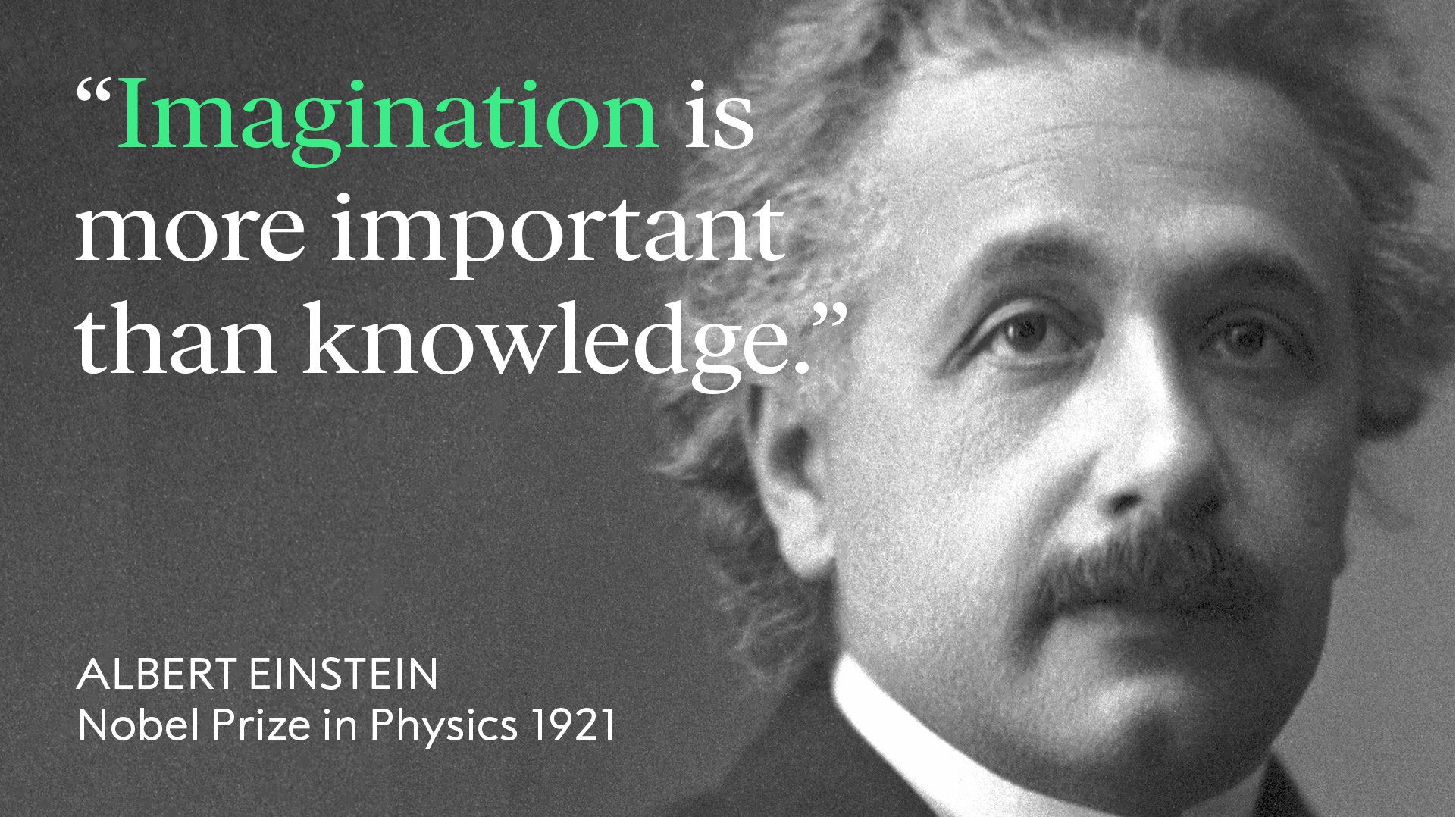Researchers successfully sent a simulated elementary particle back in time

- The second law of thermodynamics states that order always moves to disorder, which we experience as an arrow of time.
- Scientists used a quantum computer to show that time travel is theoretically possible by reverting a simulated particle from an entropic to a more orderly state.
- While Einstein’s general theory of relativity permits time travel, the means to achieve it remain improbable in nature.
In 1895 H.G. Wells published The Time Machine, a story about an inventor who builds a device that travels through a fourth, temporal dimension. Before Wells’s novella, time travel existed in the realm of fantasy. It required a god, an enchanted sleep, or a bonk on the head to pull off. After Wells, time travel became popularized as a potentially scientific phenomenon.
Then Einstein’s equations brought us into the quantum realm and there a more nuanced view of time. No less than mathematical logician Kurt Gödel worked out that Einstein’s equations allowed for time travel into the past. The problem? None of the proposed methods of time travel were ever practical “on physical grounds.”
So, “Why stick to physical grounds?” asked scientists from the Argonne National Laboratory, the Moscow Institute of Physics and Technology, and ETH Zurich before they successfully sent a simulated elementary particle back in time.
Fair warning: their results are tantalizing but will ultimately dishearten any time lords in training.

A quantum computer mixing chamber (Photo: IBM Research/Flickr)
The great quantum escape
Many of the laws of physics view the future and the past as a difference without a distinction. Not so with the second law of thermodynamics, which states that a closed system always moves from order to disorder (or entropy). Scramble an egg to make your omelet, for example, and you’ve added a whole lot of disorder into the closed system that was the initial egg.
This leads to an important consequence of the second law: the arrow of time. A process that generates entropy — such as your egg whisking — will be irreversible unless you input more energy. It’s why an omelet won’t reform back into an egg or why billiard balls don’t spontaneously reform a triangle after the break. Like an arrow released, the entropy moves in a single direction, and we witness the effect as time.
We are trapped by the second law of thermodynamics, but the international team of scientists wanted to see if the second law could be violated in the quantum realm. Since such a test is impossible in nature, they used the next best thing: an IBM quantum computer.
Traditional computers, like the one you are reading this on, use a basic unit of information called a bit. Any bit can be represented as either a 1 or a 0. A quantum computer, however, uses a basic unit of information called a qubit. A qubit exists as both a 1 and a 0 simultaneously, allowing the system to compute and process information much faster.
In their experiment, the researchers substituted these qubits for subatomic particles and put them through a four-step process. First, they arranged the qubits in a known and ordered state and entangled them — meaning anything that happened to one affected the others. Then they launched an evolution program on the quantum computer, which used microwave radio pulses to break down that initial order into a more complex state.
Third step: a special algorithm modifies the quantum computer allow disorder to more to order. The qubits are again hit with a microwave pulse, but this time they rewind to their past, orderly selves. In other words, they are de-aged by about one millionth of a second.
According to study author Valerii M. Vinokur, of the Argonne National Laboratory, this is the equivalent of pushing against the ripples of a pond to return them to their source.
Since quantum mechanics is about probability (not certainty), success was no guarantee. However, in a two-qubit quantum computer, the algorithm managed a time jump an impressive 85 percent of the time. When it was upped to three qubits, the success rate dropped to about 50 percent, which the authors attributed to imperfections in current quantum computers.
The researchers published their results recently in Scientific Reports.
Bringing order from chaos
The results are fascinating and spur the imagination, but don’t start investing in flux capacitors yet. This experiment also shows us that sending even a simulated particle back in time requires serious outside manipulation. To create such an external force to manipulate even one physical particle’s quantum waves is well beyond our abilities.
“We demonstrate that time-reversing even ONE quantum particle is an unsurmountable task for nature alone,” study author Vinokur wrote to the New York Times in an email [emphasis original]. “The system comprising two particles is even more irreversible, let alone the eggs — comprising billions of particles — we break to prepare an omelet.”
A press release from the Department of Energy notes that for the “timeline required for [an external force] to spontaneously appear and properly manipulate the quantum waves” to appear in nature and unscramble an egg “would extend longer than that of the universe itself.” In other words, this technology remains bound to quantum computation. Subatomic spas that literally turn back the clock aren’t happening.
But the research isn’t solely a high-tech thought experiment. While it will not help us develop real-world time machines, the algorithm does have the potential to improve cutting-edge quantum computation.
“Our algorithm could be updated and used to test programs written for quantum computers and eliminate noise and errors,” study author Andrey Lebedev said in a release.
Is non-simulated time travel possible?
As Kurt Gödel proved, Einstein’s equations don’t forbid the concept of time travel, but they do set an improbably high hurdle to clear.
Writing for Big Think, Michio Kaku points out that these equations allow for all sorts of time travel shenanigans. Gödel found that if the universe rotated and someone traveled fast enough around it, they could arrive to a point before they left. Time travel could also be possible if you traveled around two colliding cosmic strings, traveled through a spinning black hole, or stretched space via negative matter.
While all of these are mathematically sound, Kaku points out that they can’t be realized using known physical mechanisms. Similarly, the ability to nudge physical particles back in time remains beyond our reach. Time travel remains science fiction for all intents and purposes.
But time travel may one day become an everyday occurrence in our computers, making us all time lords (in a narrow sense).





